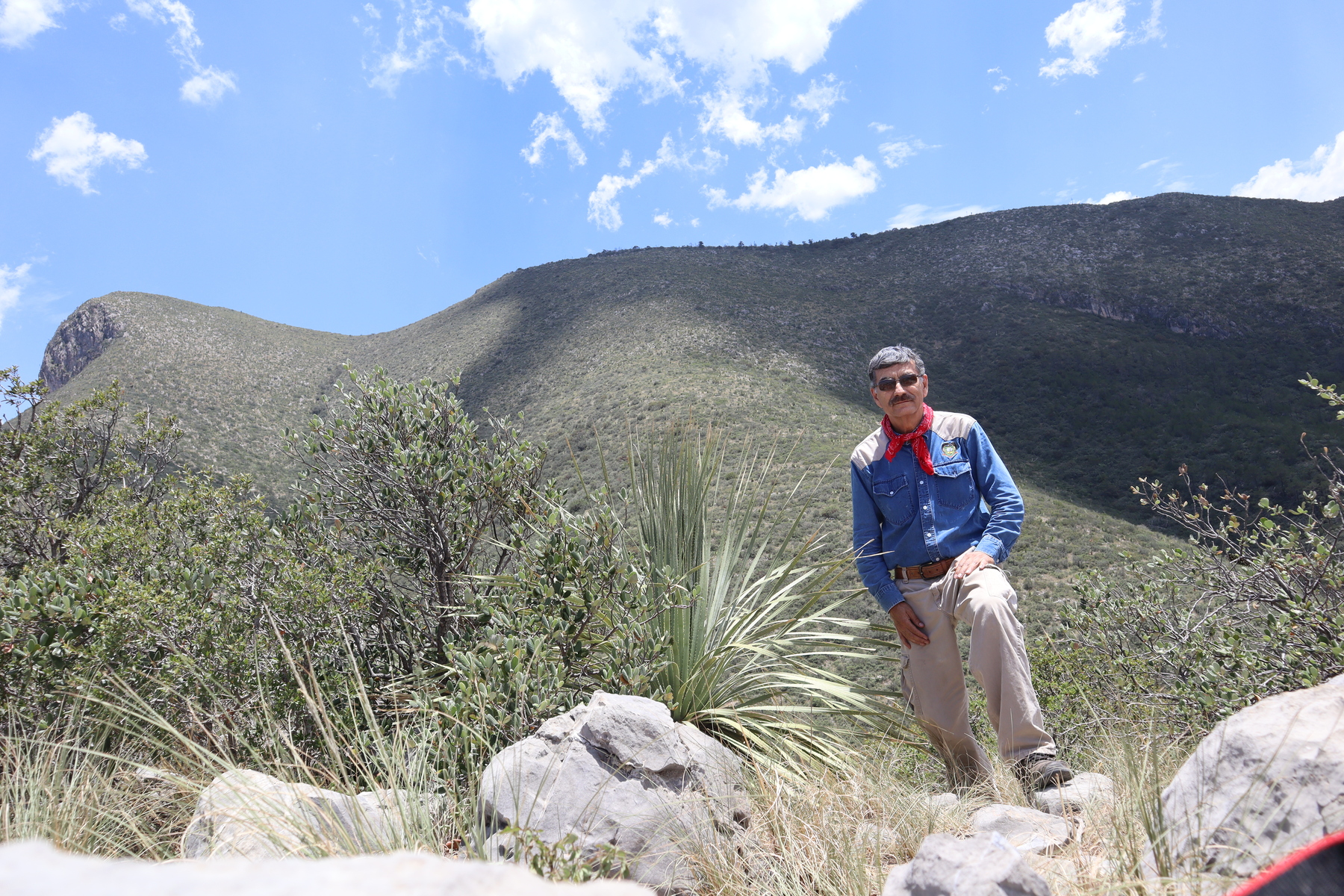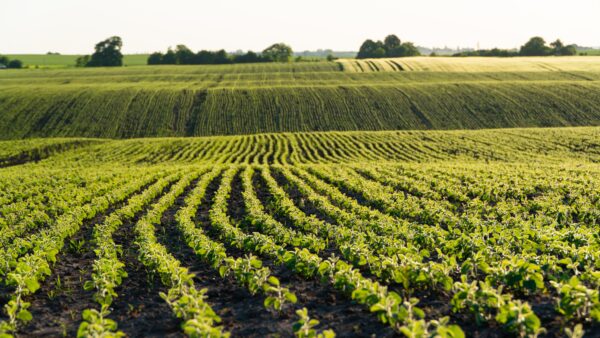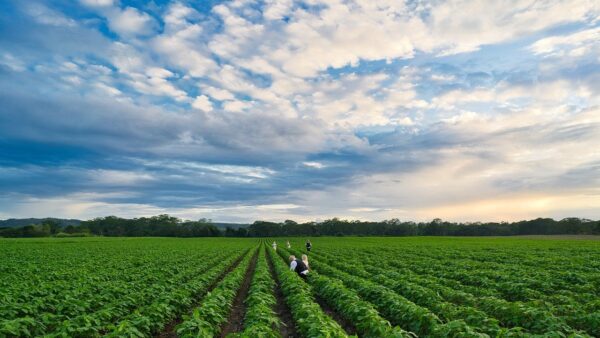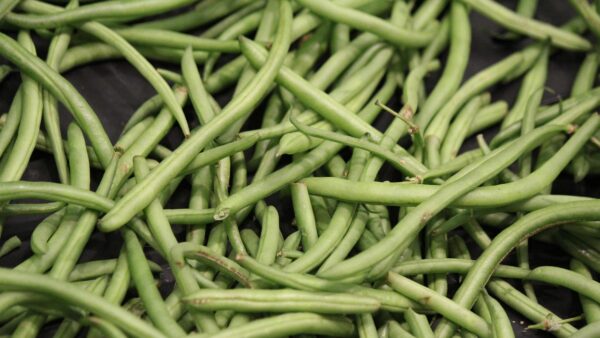Sotol is poised to shake up the spirits industry, and seeds have a crucial role to play in the shift.
Sotol plants, or Dasylirion, grow wild throughout Mexico and in several border states in the United States. The spirit is often compared to agave-based tequila or mezcal, as they are similar in both production methods and flavor, but sotol is altogether unique.
“Sotol’s rising popularity in Mexico and the U.S. is well-deserved because it harbors fragrances, flavors and a texture altogether different than any in tequila and the many mezcals,” says Gary Nabhan, senior fellow with the Borderlands Restoration Network.
Moreover, unlike with agave production which relies on cloning cultivars, sotol is much more dependent on the seed industry.
“Seed viability and health is crucial for sustaining sotol production over the long term,” Desert Door Distillery cofounder Brent Looby says.
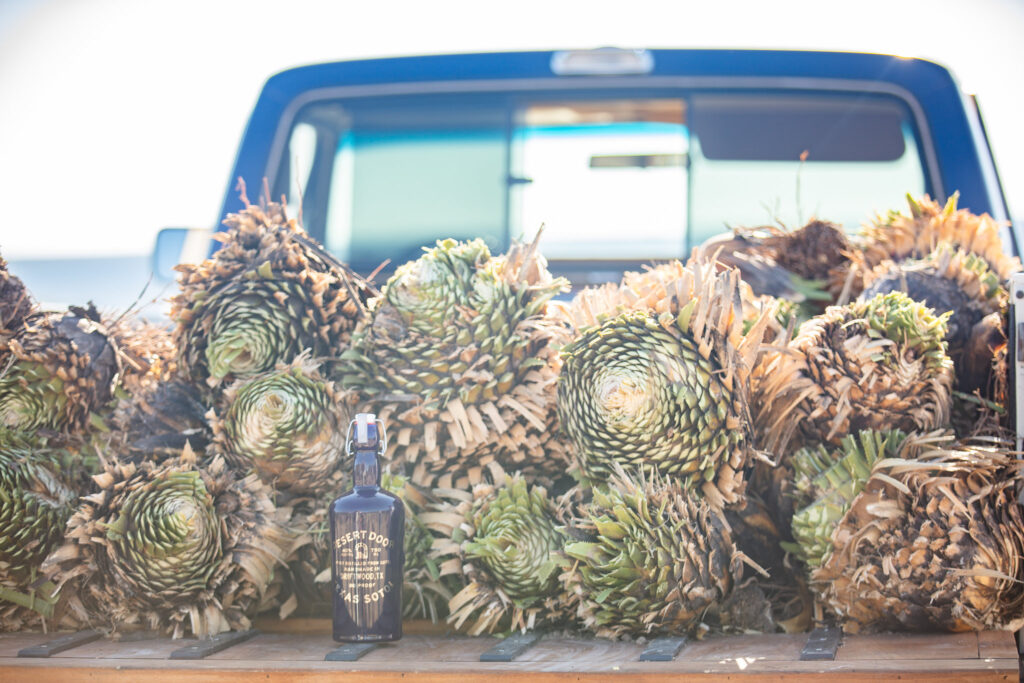
And if trends continue, that production could need to ramp up soon.
According to International Wine and Spirit Research (IWSR) data, sotol volumes grew by 17% in 2022, and IWSR predicts continued compound annual growth rate (CAGR) growth of 6% between 2022 and 2027.
Indigenous Beginnings
While Indigenous People of the Chihuahuan Desert have produced sotol in Mexico for centuries, it was technically unlawful for much of the 20th century until legalization in 1994. Then, in 2002, sotol was granted a Designation of Origin (DO) declaring only producers using specific regulations in Durango, Coahuila, and Chihuahua could legally market their products as sotol.
Harvesting permits dictate harvest locations, volumes, techniques and transportation.
This DO is recognized by 27 countries, but not the U.S., and as a result, a handful of distillers in the U.S. currently are producing sotol, including Desert Door in Texas, which has been in business since 2017.
Nabhan believes Mexico will likely aggressively challenge these producers in the future to enforce the DO more.
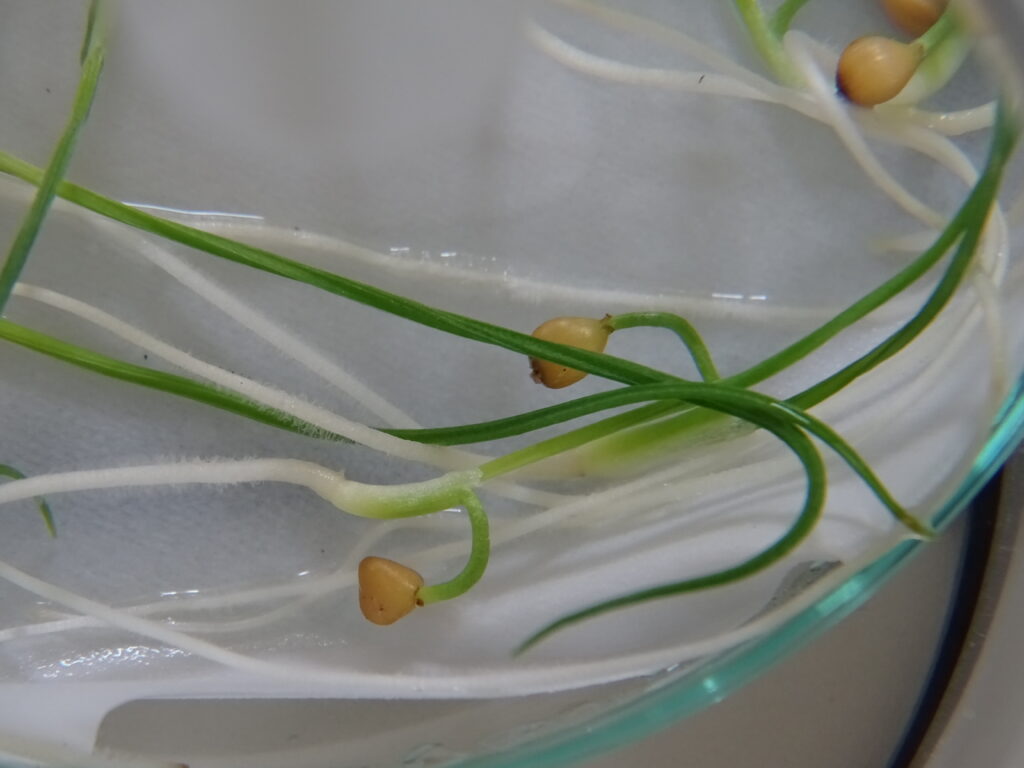
“However, Texas in particular, produced sotol historically and through the depression so they have the tradition there as well,” he says. “What may happen is that those producers outside the area end up calling their product something else. The plant itself is called “desert spoon” in parts of the country so it could perhaps be labeled that way,” Nabhan says.
Dasylirion-based spirits are produced in other Mexican states, such as Sonora where it is known as Palmilla, and in Oaxaca, called Cucharillo.
“I would like them to add Sonora as a legitimate place under the DO because it’s been distilled there for centuries,” Nabhan says. But he and others are concerned about U.S. companies competing with Mexican-distilled spirits. “I am a biologist. I work with the plants, but my position is that the Designation of Origin should be respected or try to make a mutual agreement where conservation of the plants is a priority,” says Humberto Reyes, research professor and laboratory head at Universidad Autónoma Agraria Antonio Narro, in Saltillo, Coahuila, Mexico. “Sotol species don’t care about borders. The history of sotol joins Mexico and the United States. There are several paleofecal analysis made near Rio Bravo, Mexico and Del Rio, Texas that demonstrate prehistoric inhabitants of northern Mexico and southern United States used sotol for food.”
Sustainable Solutions
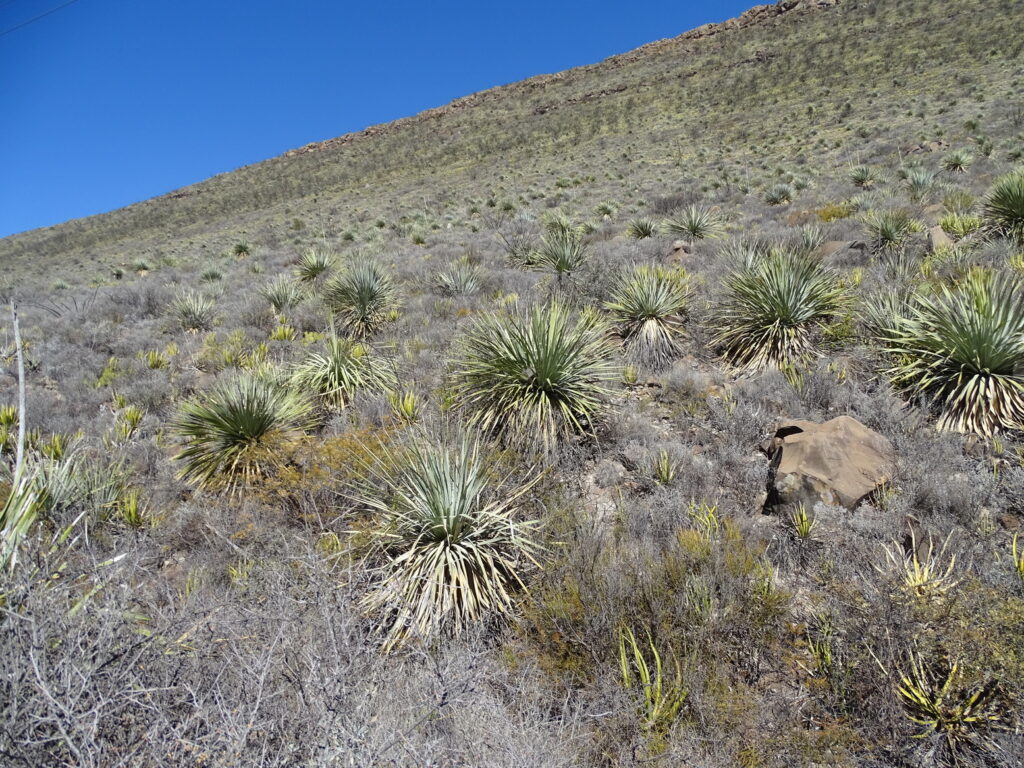
On both sides of the border, sotoleros take responsible harvesting seriously.
“We regulate our harvesting intensity, ensuring we do not exceed a sustainable fraction of the mature population,” Looby says. “We harvest from multiple ranches across the state to avoid overburdening any single area, giving the ecosystem a chance to recover. This practice is complemented by our collaboration with local ranchers and landowners, helping manage the plant populations in areas where it might otherwise be considered a nuisance.”
While both agave and sotol can take ten years to reach maturity, sotol offers a more sustainable spirit due to its ability to produce multiple crowns.
“With agave, each plant is only good for one harvest, but sotols can have multiple trunks so you can get multiple harvests from each plant,” Nabhan says.
Once the crown, or “pina” is harvested, the roasting process converts the plant’s starches into sugars and fermentation and distillation follow with each additional distilling increasing the purity and alcoholic content of the spirit.
It All Begins with Breeding
Nearly all the current sotol production comes from wild harvested plants, however, breeding efforts could allow significant cultivation in the future.
“Through cultivation, producers can control growth conditions and manage harvests predictably, which certainly benefits the ecosystem and reduces pressure on wild populations,” Looby says.
Currently, sotol has 23 recognized species. Dasylirion wheeleri, Dasylirion cedrosanum, Dasylirion leiophyllum, Dasylirion durangense and Dasylirion texanum are the most common for sotol production.
Reyes isn’t aware of any other sotol breeding programs and welcomes future. He is currently working with Cinvestav UGA-Langebio for DNA barcoding of sotol species, aimed to develop tools for fast species identification as he seeks to maintain genetic identity in his breeding efforts.
“Through the experience of agave and tequila production, which is dependent on monoculture, we believe it wouldn’t be reasonable to have monoculture of sotol plants,” Reyes says.
Sotol plants can be either male or female and Reyes says their breeding program plans to use cultivars based on mixing seeds from half-sibling maternal families, combining those that have proven to perform well in cultivation conditions.
“If we have two families and we can take 20 seeds from each family and have a variety that is a mix,” he says. “Cultivars with enough genetic variation will be more resilient to environmental changes, and to the attacks of pests and diseases. We have also found that there is a wonderful genetic variation for growth so we can select sotol families that grow fast and are suitable for plantations.”
Even with fast-growing varieties, it’s a process that will take a significant commitment.
“Sotol grows really slowly, it can take more than a decade to reach maturity. This means if you’re planning on growing sotol, you’re in it for the long haul,” Looby says.
Planning for Plantations
Reyes envisions reclaiming unused land for future sotol plantations.
“We don’t want our forests and shrubs to be destroyed to plant sotol. We want to use areas that were agricultural areas but abandoned because there was not enough water to continue growing other crops,” Reyes says.
“In a hotter, drier world, sotol’s heat and drought adaptations and resilience as a perennial crop will garner attention as other water-intensive crops fail,” Nabhan says.
Other research efforts could lead to finding ideal climate and soil conditions to increase germination rates.
“The seed takes special treatment and scientists at Universidad Autónoma de Chihuahua have given talks about the best ways to treat or scarify seeds before planting them, allowing an increase in germination from about 10-15% to 80-100%,” Nabhan says.
Moving Forward with Targeted Research
More targeted research on specific Dasylirion species is necessary.
“We use the Texanum variety, and our observations suggest that even subtle changes in the environment can alter the flavors and aromas from one batch to another,” Looby says.
Nutritional insights are also valuable.
“The seeds have more protein than wheat and germinated sotol seeds are very rich in proteins,” Reyes says.
The scientists agree there is much work to be done if sotol is going to continue its rise from Indigenous tradition to bar mainstay. And, while government regulations will be pivotal, the seed industry also has an important part to play with both cultivar development and ecological preservation of this important plant.
“This could involve improving wild harvesting techniques, enhancing seed viability, and possibly discovering new varieties that could benefit both ecological and commercial interests,” Looby says.


